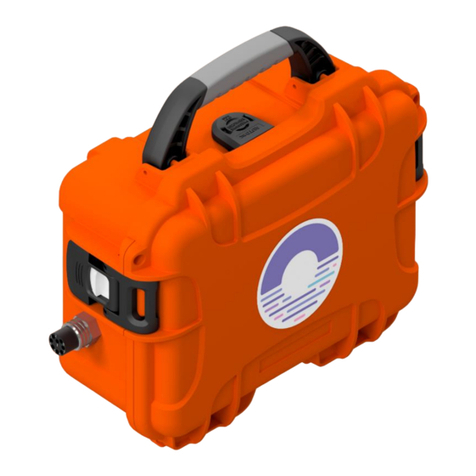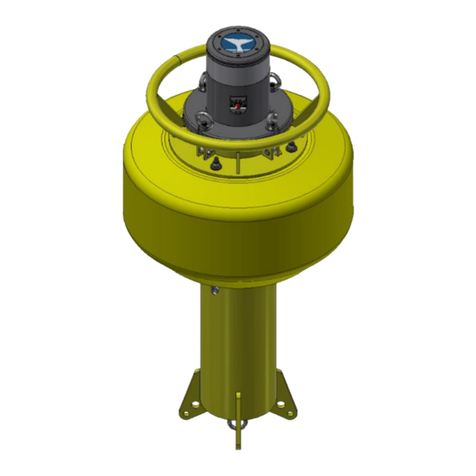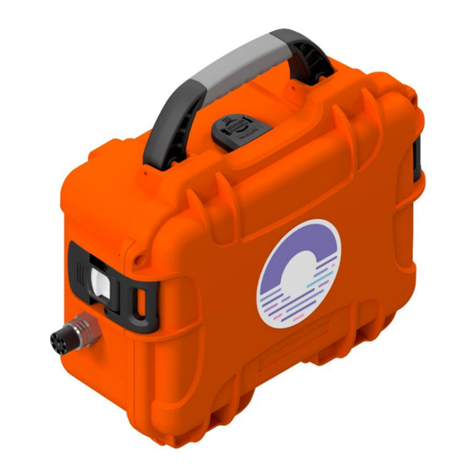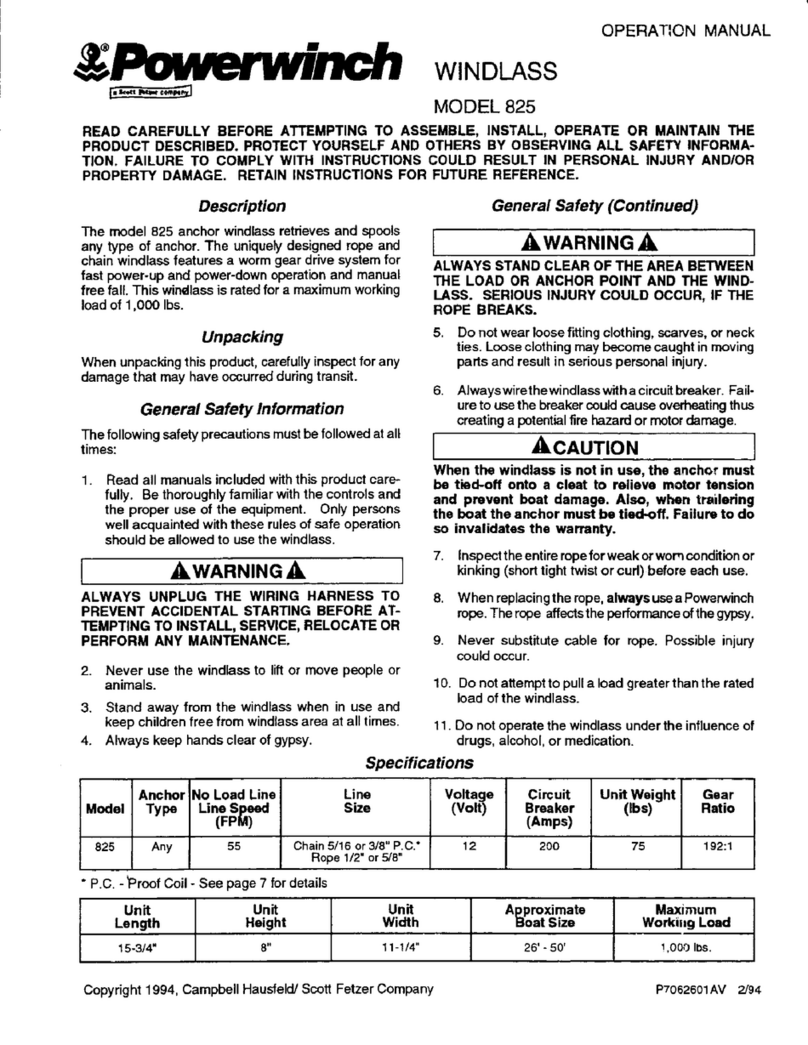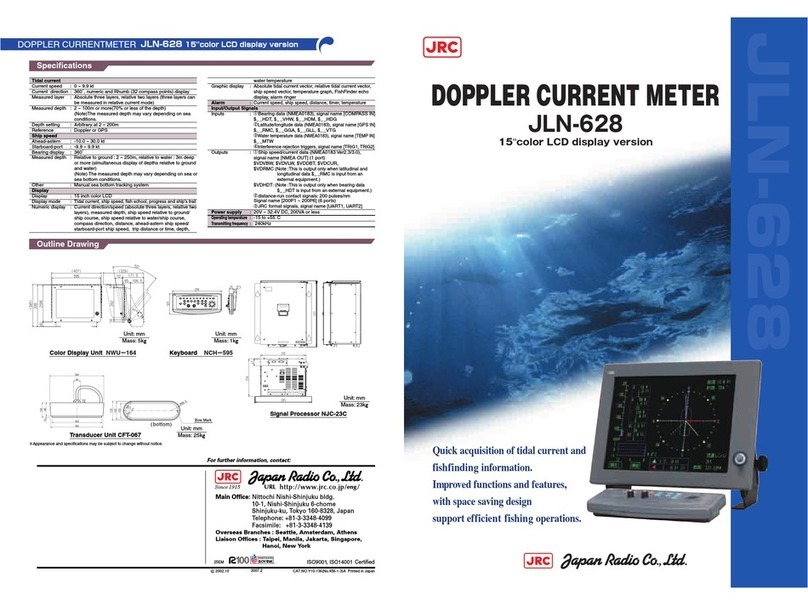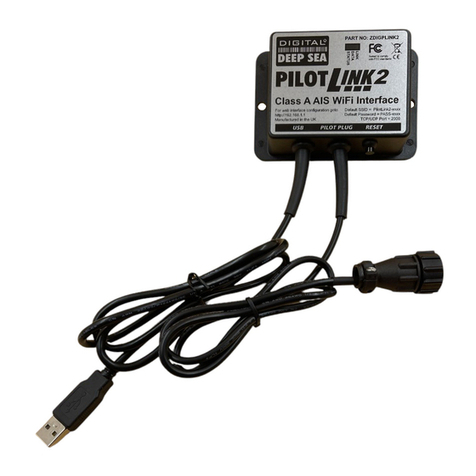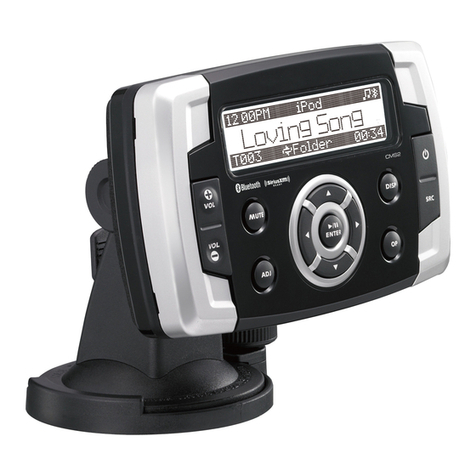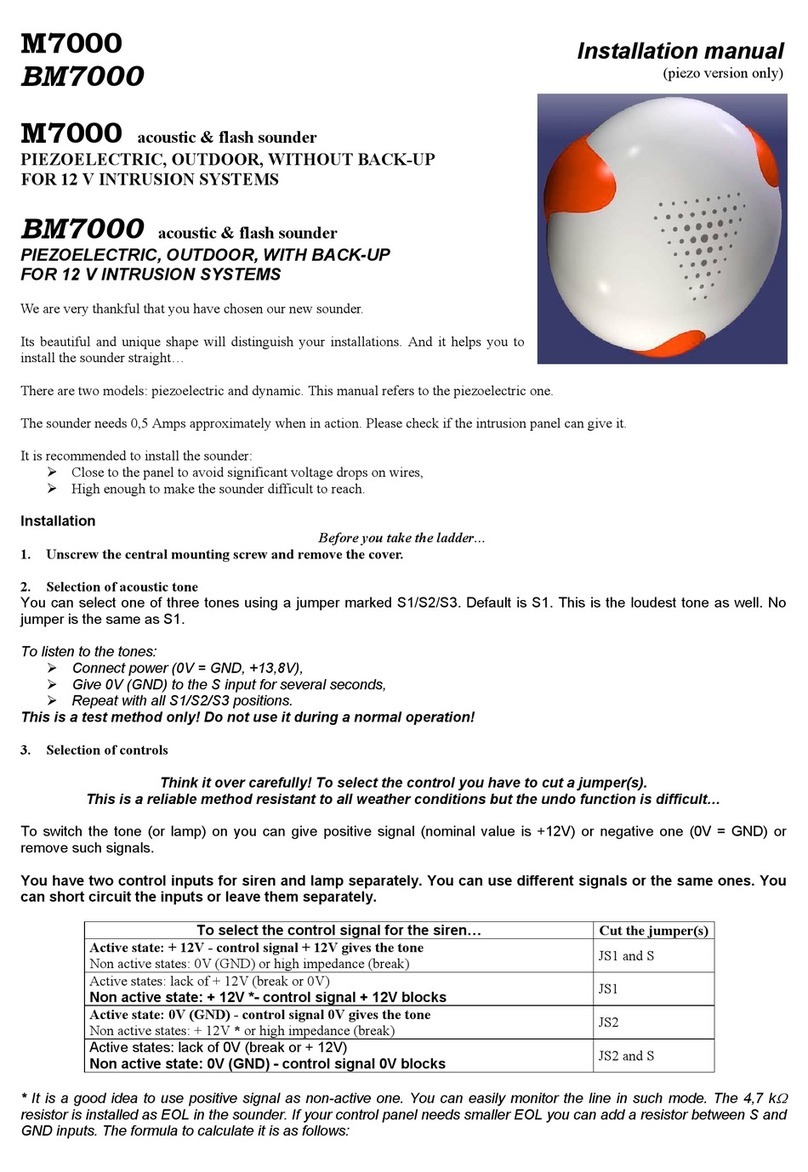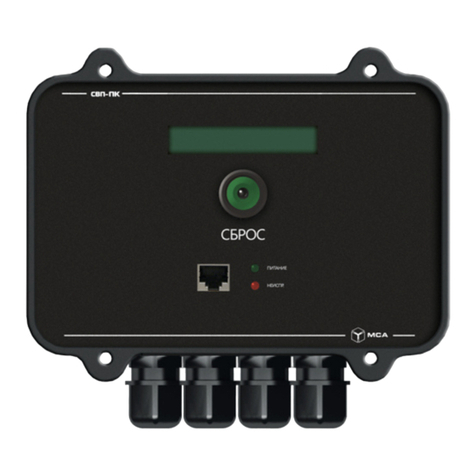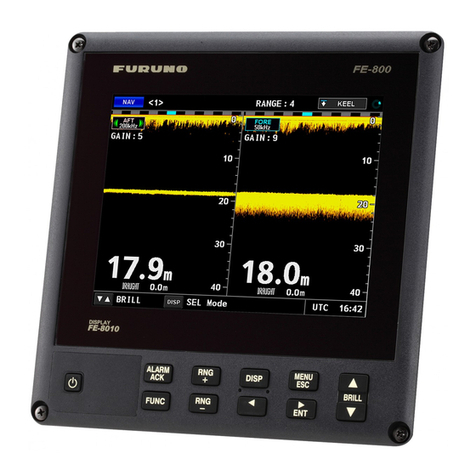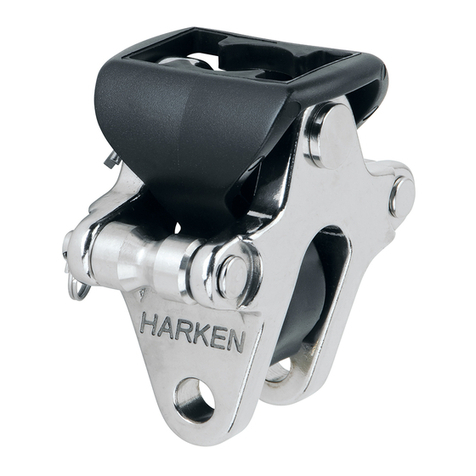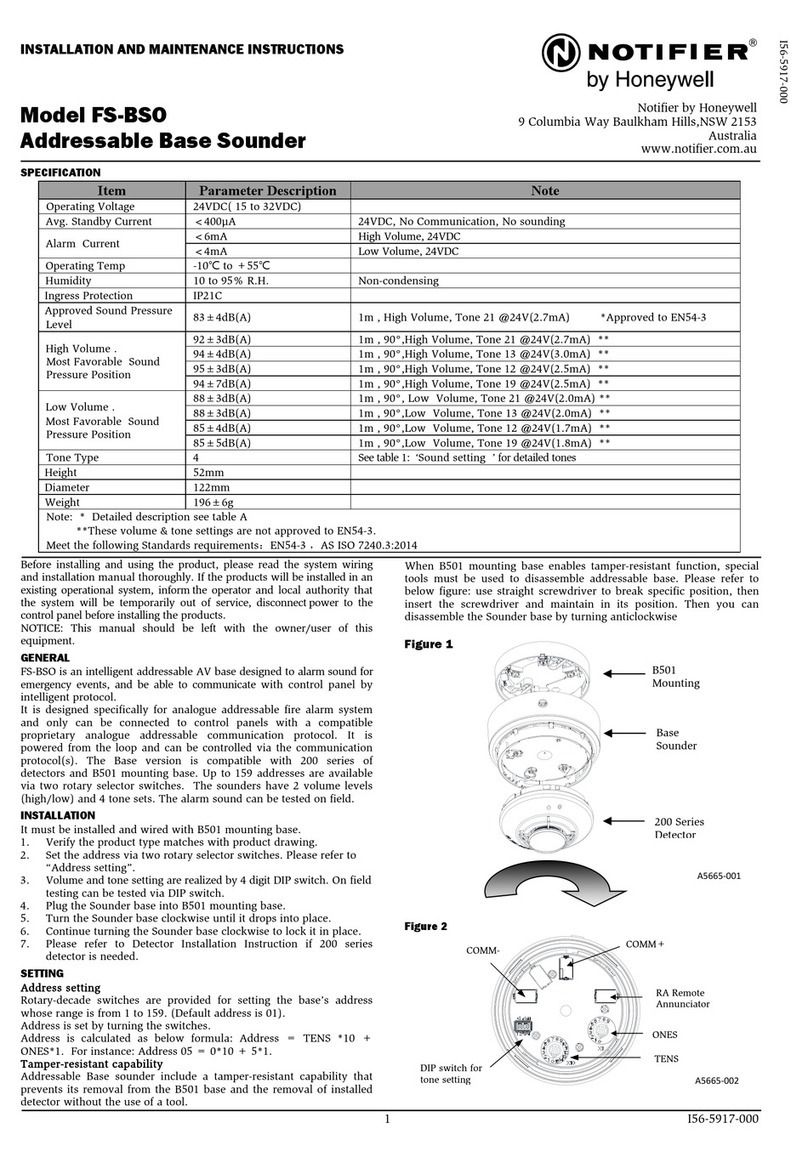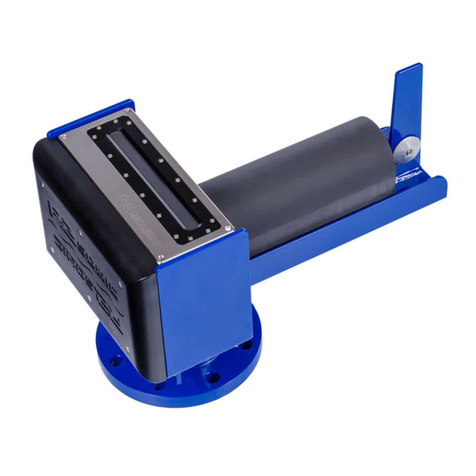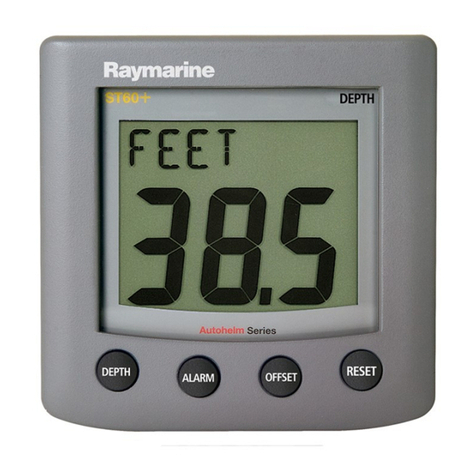Tow Fish User Guide April 2020 P.1
Table of Contents
Introduction..............................................................................................................................................................1
Tow Fish Quick Start ..........................................................................................................................................2
Setup Hydrophone............................................................................................................................................2
Assemble Configuration.................................................................................................................................2
Deployment .........................................................................................................................................................4
Autonomous Deployment.........................................................................................................................4
Cabled Deployment .....................................................................................................................................5
Appendix A ..............................................................................................................................................................6
Double Eye Cable Grip Installation.............................................................................................................6
Female Connector End –connector without pins .............................................................................6
Male Connector End –connector with pins.........................................................................................7
Appendix B ..............................................................................................................................................................8
Deployment Recommendations..............................................................................................................8
Introduction
The Tow Fish allows users the ability to deploy an icListen Smart hydrophone behind a
vessel with an autonomous or cabled deployment.
The Tow Fish is a towed underwater depressor designed by Dartmouth Ocean
Technologies. The Tow Fish allows users tow a hydrophone at a constant depth behind a
vessel while shielding the hydrophone sensing element, reducing flow noise. Ocean Sonics
has a custom designed mount to use with an icListen hydrophone.
Users can use a Tow Fish to conduct underwater research and marine mammal monitoring.
The Tow Fish minimizes drag and maintains even depth improving the accuracy of your
data collection. The Tow Fish is the perfect tool for deploying towed arrays, maintaining
compliance while performing seismic surveying or marine construction.
